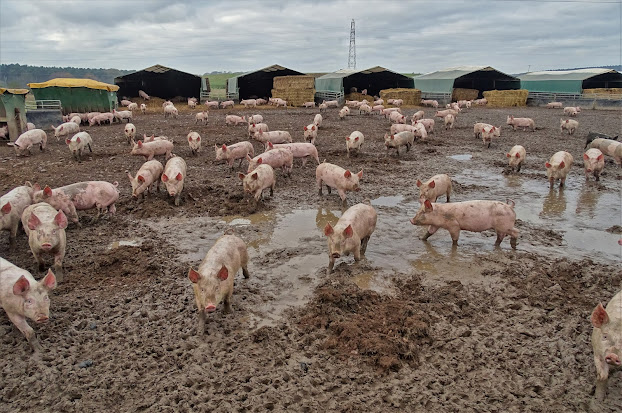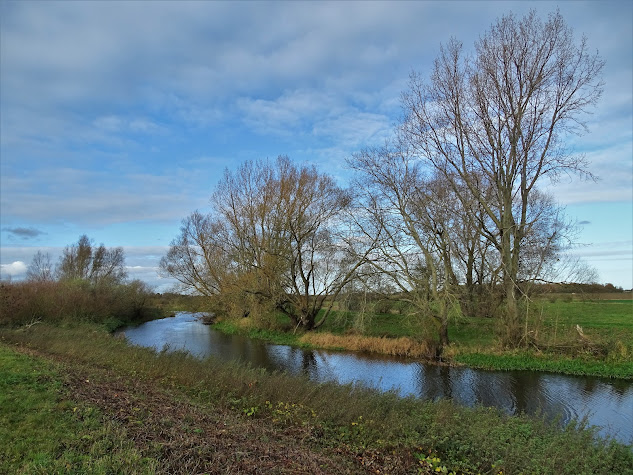I just checked this blog's visitor stats. Regarding the English speaking world, 37% of visitors come from Great Britain, 33% from the USA, 7% from Canada, 4% from Australia and around 1% each from Ireland, New Zealand and the Isle of Man.
It occurred to me that some of you - especially in North America - may not have heard of one of England's finest writers - Roger Hargreaves (1935-88). Hargreaves was a Yorkshireman He became the creative director of a small advertising agency in London. It was while he was in that employment that his oldest son Giles, then aged six, asked: "Daddy? What does a tickle look like?"
Hargreaves drew a simple orange figure with long arms and called him "Mr Tickle" and it was at that moment in 1971 that his famous "Mr Men" books were conceived. A few years later Hargreaves introduced the complementary "Little Miss" series of books.
Following Roger's fatal stroke in 1981, his son Adam filled his father's shoes and more Mr Men and Little Miss books were produced. Here's a list of all of the Mr Men characters:-
Mr. BounceMr. Brave
Mr. Bump
Mr. Busy
Mr. Chatterbox
Mr. Cheerful
Mr. Clever
Mr. Clumsy
Mr. Daydream
Mr. Dizzy
Mr. Forgetful
Mr. Funny
Mr. Fussy
Mr. Greedy
Mr. Grumble
Mr. Grumpy
Mr. Happy
Mr. Impossible
Mr. Jelly
Mr. Lazy
Mr. Mean
Mr. Messy
Mr. Mischief
Mr. Muddle
Mr. Nervous
Mr. Nonsense
Mr. Noisy
Mr. Nosey
Mr. Perfect
Mr. Pernickety
Mr. Quiet
Mr. Right
Mr. Rush
Mr. Silly
Mr. Skinny
Mr. Slow
Mr. Small
Mr. Sneeze
Mr. Snow
Mr. Strong
Mr. Stubborn
Mr. Tall
Mr. Tickle
Mr. Topsy-Turvy
Mr. Uppity
Mr. Worry
Mr. Wrong

Little Miss Bad
Little Miss Bossy
Little Miss Brainy
Little Miss Busy
Little Miss Chatterbox
Little Miss Calamity
Little Miss Contrary
Little Miss Curious
Little Miss Dotty
Little Miss Fickle
Little Miss Fun
Little Miss Giggles
Little Miss Greedy
Little Miss Helpful
Little Miss Late
Little Miss Lucky
Little Miss Magic
Little Miss Naughty
Little Miss Neat
Little Miss Quick
Little Miss Scary
Little Miss Scatterbrain
Little Miss Shy
Little Miss Somersault
Little Miss Splendid
Little Miss Star
Little Miss Stubborn
Little Miss Sunshine
Little Miss Tidy
Little Miss Tiny
Little Miss Trouble
Little Miss Twins
Little Miss Whoops
Little Miss Wise



















































